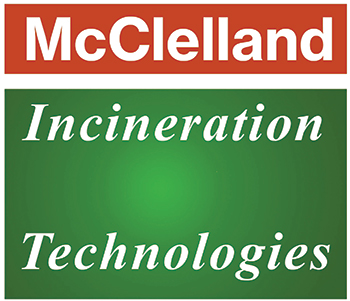
Petrochemical waste incinerators are essential for safely disposing of hazardous waste produced by petrochemical plants. These incinerators operate using high-temperature combustion, advanced emission control, and waste heat recovery systems to treat and minimize toxic by-products. Here’s a breakdown of the process:
- Waste Feeding: Hazardous waste, such as solvents, by-products, and contaminated materials, is introduced into the incinerator in a controlled way. Automated systems ensure consistent feeding to maintain steady combustion and avoid fluctuations in temperature.
- High-Temperature Combustion: In the primary combustion chamber, waste is burned at extremely high temperatures, often exceeding 1,000°C. This intense heat effectively breaks down complex chemical compounds, converting harmful substances into less dangerous by-products like ash, gas, and heat.
- Secondary Combustion & Emission Control: To ensure thorough destruction of toxic compounds, gases are treated in a secondary combustion chamber where they’re burned again. Advanced emission control systems, including filters and scrubbers, capture pollutants, reducing the release of harmful emissions and ensuring compliance with environmental standards.
- Waste Heat Recovery: Heat produced during incineration is often captured and repurposed to generate steam or electricity, which can be used to power the plant or exported as energy. This waste heat recovery process improves efficiency and lowers overall energy costs.
By ensuring safe disposal, emission control, and energy recovery, petrochemical waste incinerators contribute to sustainable waste management, reduce environmental risk, and help petrochemical industries meet strict regulations.
For more information and studying further on incineration or incinerator supplier India or Industrial incinerator supplier India, visit www.mcclellandindia.com. It is located in Mumbai, Maharashtra, India with projects in all states of india – Gujarat, Maharastra etc. and all over the world.






